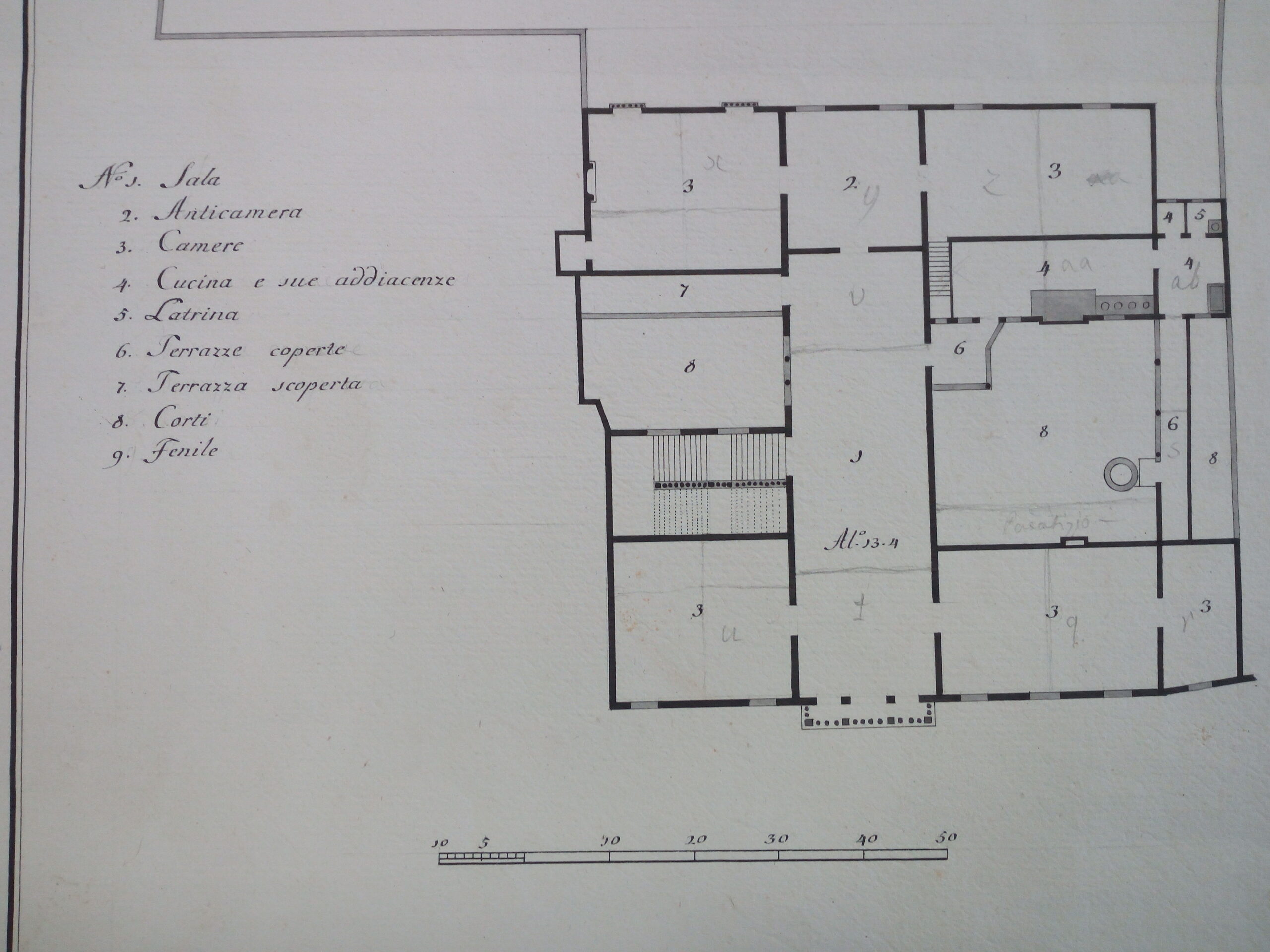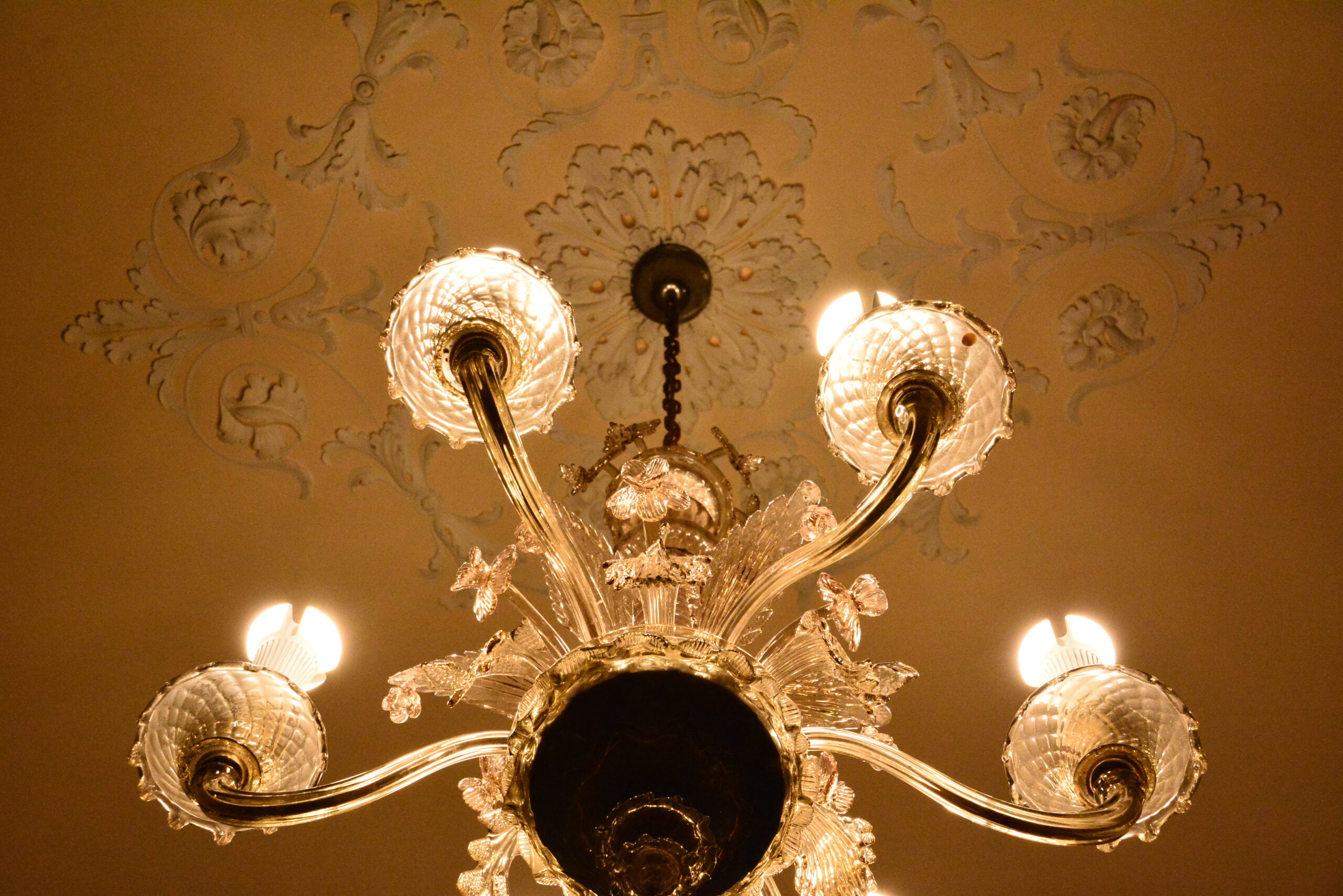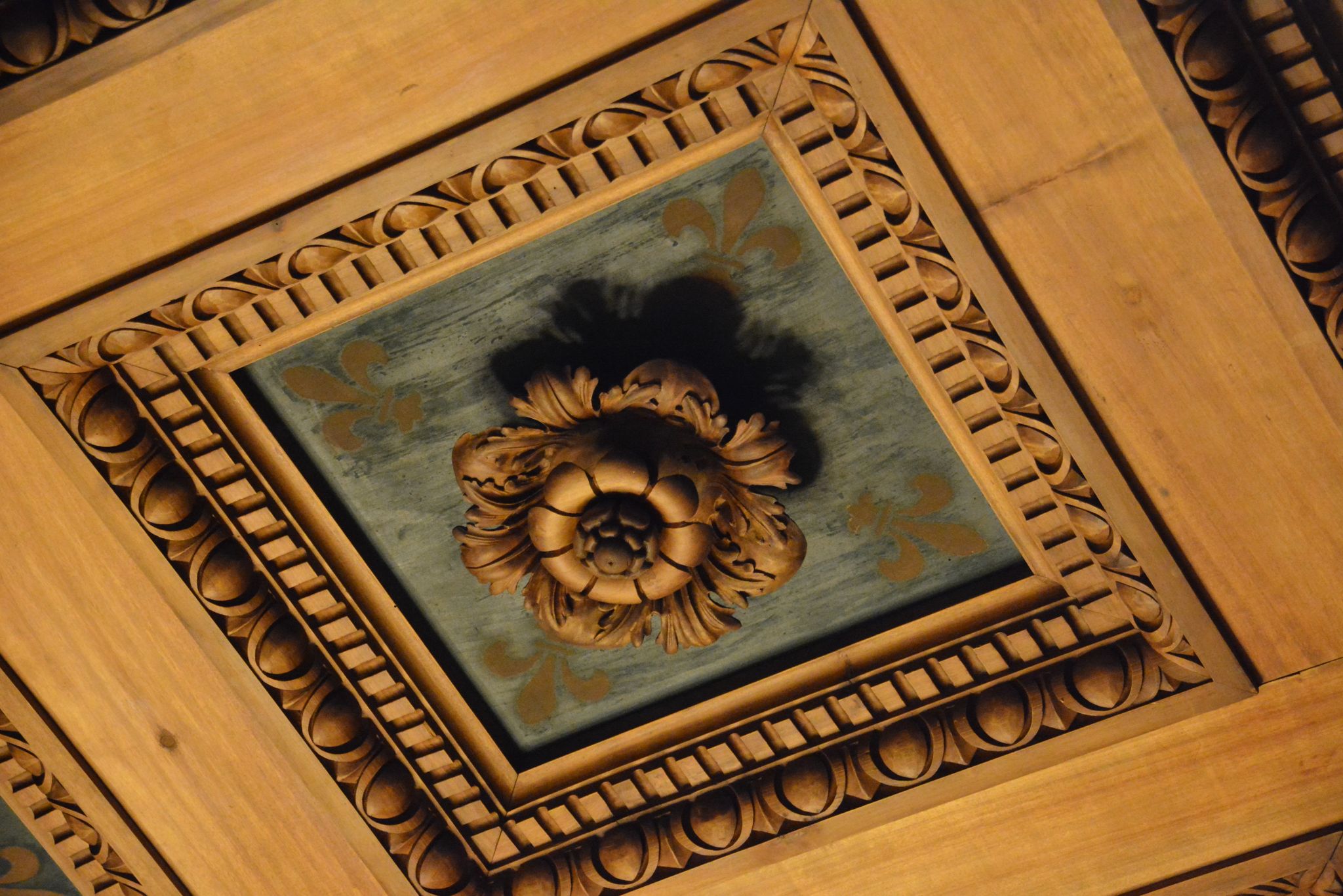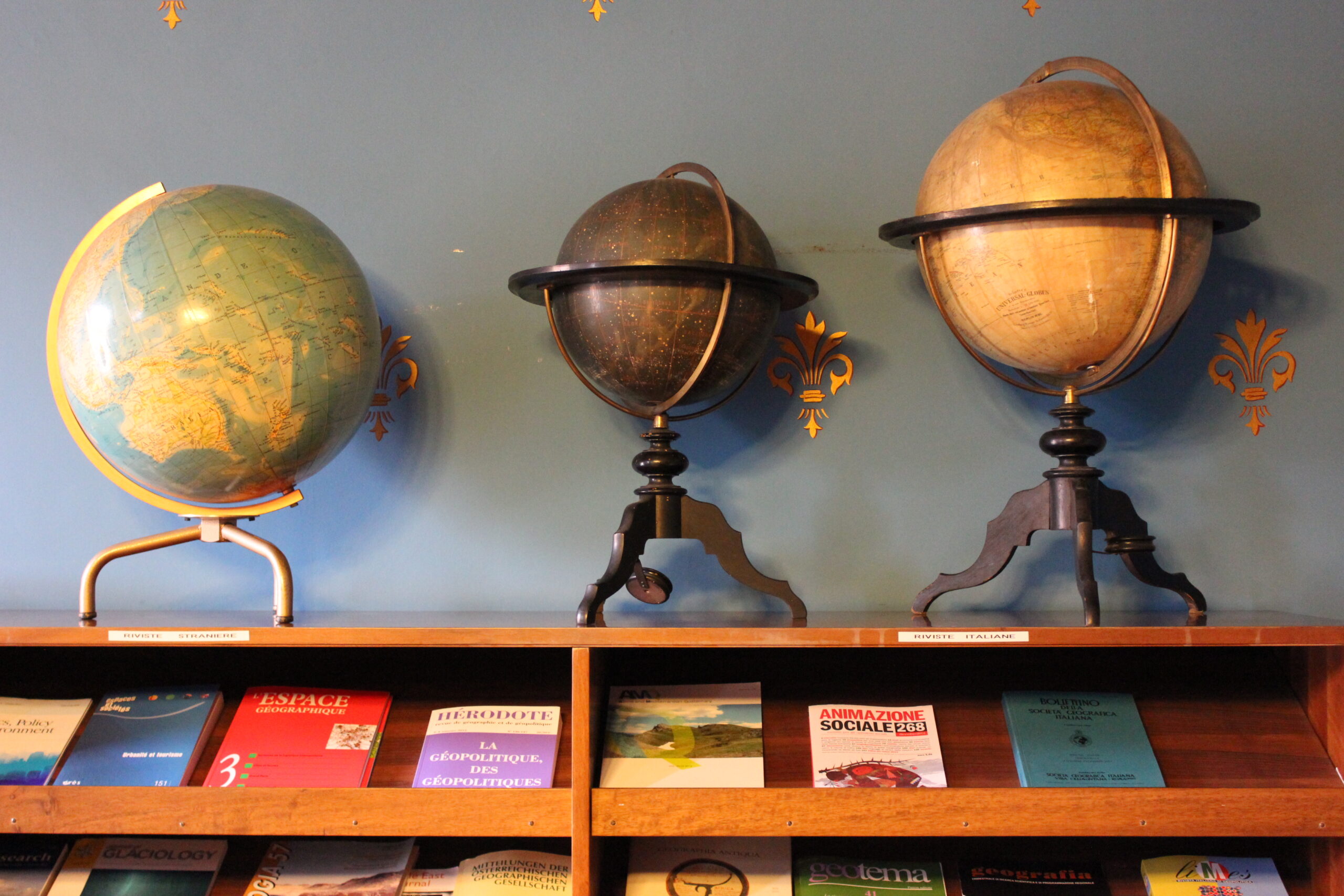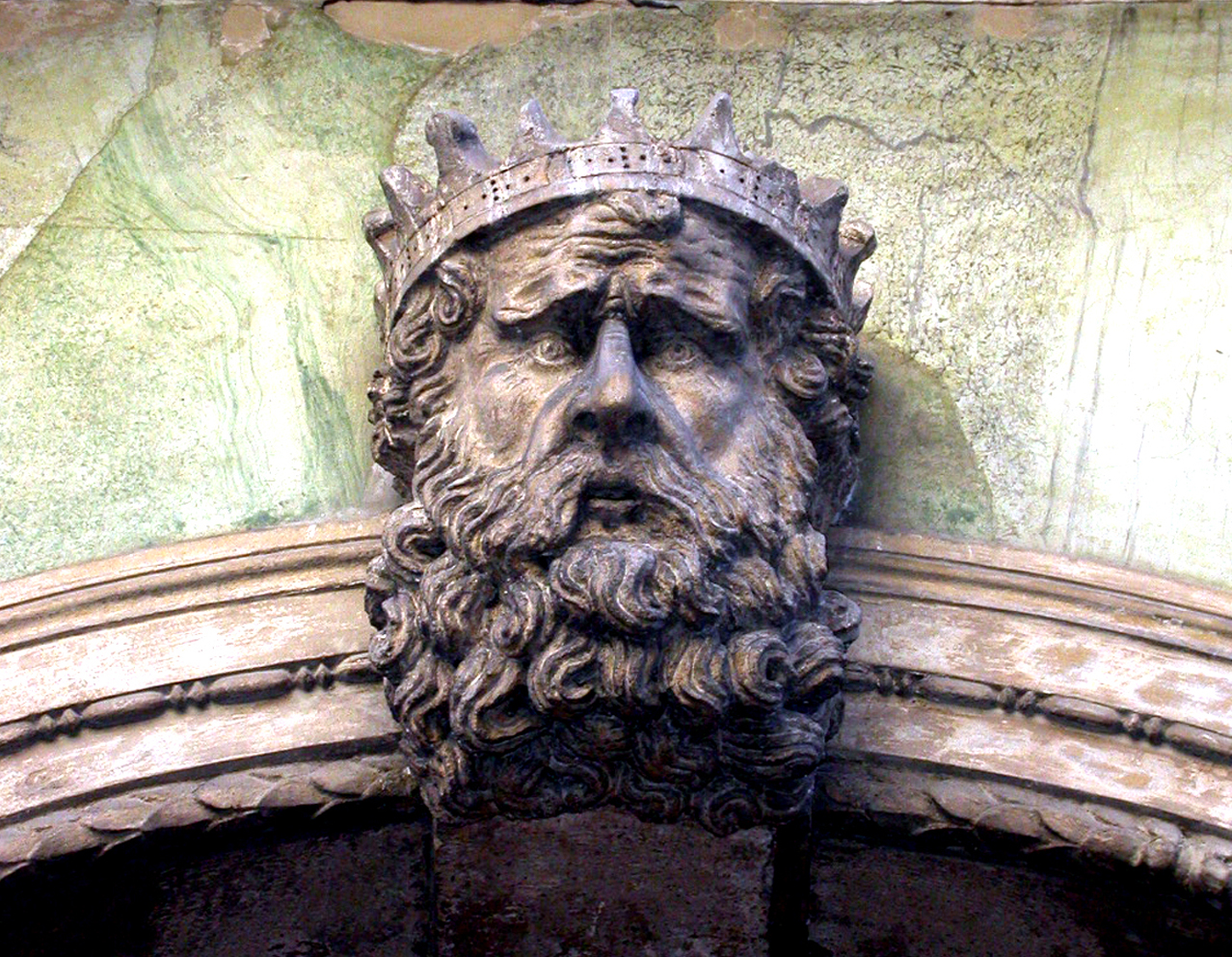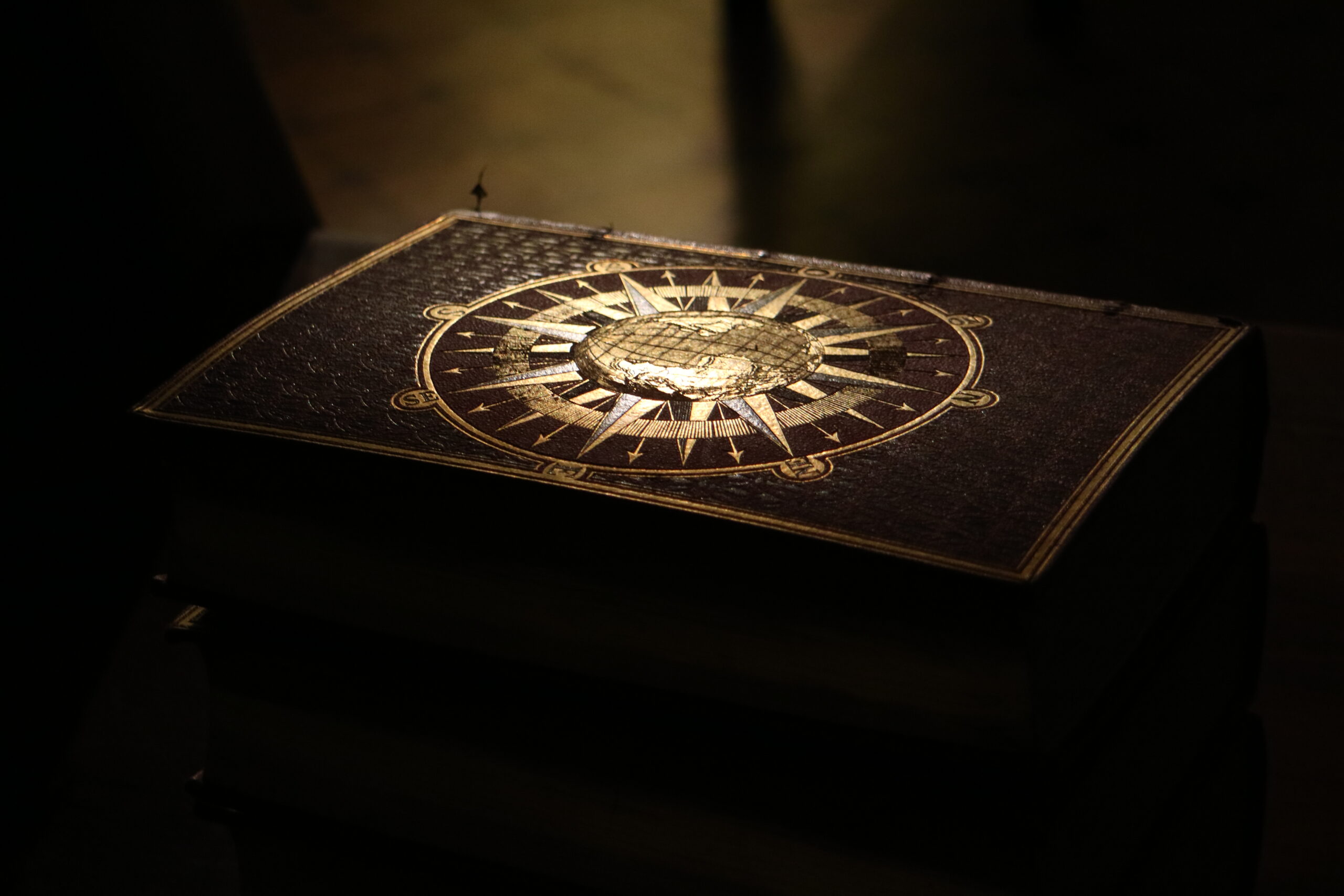The History of the Museum of Geography
The University of Padua has been a pioneer for geographical studies in Europe. Already in 1745 in fact a chair of Nautical Sciences and Geography was created there, as part of a modernization project. Although the appointed professor, Gian Rinaldo Carli Rubbi, resigned after only 4 years for family reasons, the brief experiment marked the beginning of a long tradition.
The teaching of Geography was restored in 1855, as part of a series of reforms that wanted to ensure more prepared teachers to the high schools in the Habsburg Empire. The appointee this time was the abbot Francesco Nardi, professor of canon law but also expert in geography and statistics, who however in turn had to abandon the post after only three years. The oldest wall maps of the museum’s collection, precious aids for teaching Geography at all levels, date to these years.
In 1867 a Geography course reappeared, held by the free lecturer Giuseppe Dalla Vedova, who, born in Padua, had studied at the University of Vienna. It was to him that, in 1872, the first official chair of Geography was entrusted, which in 1878 passed to Giovanni Marinelli from Udine. Through Dalla Vedova and Marinelli, who moved the first to Rome and the second to Florence, their idea of geography renewed by contact with German-speaking masters spread to the rest of Italy. The material equipment that accompanied their research and their teaching activity, which will be added over time-related to Giuseppe Pennesi, Roberto Almagià, Arrigo Lorenzi, to the physical geographers Luigi De Marchi and Bruno Castiglioni and again, after the Second World War, to Giuseppe Morandini and his students, is the legacy that the Museum of Geography has collected and has the important responsibility to enhance and share with its public.
These are globes, models, atlases, maps, and instruments, to which is added an intangible heritage, made of practices and memories, to which the museum seeks to give voice and space.
The museum has its headquarters in Palazzo Wollemborg, the birthplace of the economist Leone Wollemborg, founder of the Italian Rural Banks. In 1966 his heirs donated the Palace to the University of Padua, which from 1972 made it the headquarters of what would soon become the Department of Geography “Giuseppe Morandini” (1984-2011). Since 2012 the palace has been the headquarters of the Geography Section of the Department of Historical, Geographical and Antiquity Sciences (DiSSGeA).
It was precisely the end of the experience of the Department of Geography, in 2011, that gave rise to the project that led to the birth of the Museum of Geography on December 4, 2019.
For an even deeper immersion in our history, consult the browsable book “Esplora Misura Racconta”, which tells in detail the history of the Museum of Geography, starting from the origins, to arrive at explaining how the individual rooms were conceived and realized.
Come discover the rich history of the Museum of Geography, a journey through time and science in the heart of Padua.

